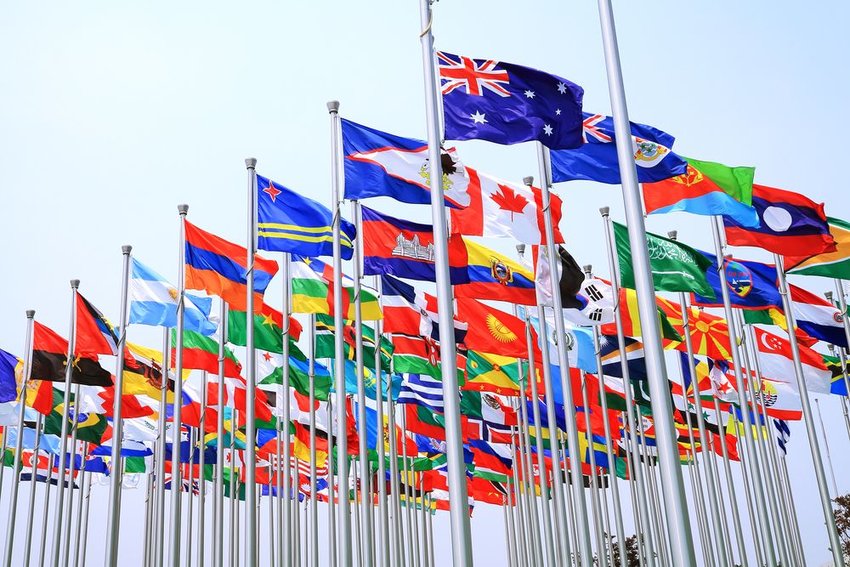Part of the allure of travel and experiencing other cultures is getting to try your hand at a new language. Whether you only know how to order coffee or are fluent enough to engage in a full conversation, learning another language is a worthy pursuit.
But do you know the difference between a national language and an official language? They mean something very different for the linguistic identity of a country and its people, and if you're going to learn a few phrases before you travel, you need to know the difference between the two.
Language isn’t just a way to communicate. It can also express an identity and embody a new way to see the world. Let’s explore what these two terms really mean, in practical, cultural, and political senses.
National language
A national language is the de facto way people communicate in a certain country or region. This doesn’t mean it will always be recognized as the official language, and its use often represents the way a region or state became a nation, such as who conquered or settled it.
If you visit a country with a national language, you can expect to read, speak, and write in this language, regardless of the presence of other languages or dialects in the region. A national language can also indicate your education level. Some countries may have more than one accepted national language, but others only have one language as the default.
Take the United States. A lot of people are unaware that English is a national — not official — language in the U.S. One historical reason for this is that English was so widely spoken when the colonies declared their independence from Great Britain that declaring a language wasn’t necessary. But even then, a variety of Native American languages were spoken, along with German, Dutch, and French. The number of languages spoken in the U.S. has only grown since then, and while English remains the national language, the country has yet to recognize it as an official language.
Official language
So what is an official language? The official language is established by law and protected by the government. Some countries, such as India, South Africa, and Canada, have more than one official language.
India is a special case because hundreds of languages and dialects are spoken throughout the country, making it one of the most linguistically diverse parts of the world. On a federal level, there are two official languages: Hindi and English. However, the various states have the power to declare their own official languages. The country has 22 official languages. This means you can be in one state and Bengali may be the official language, but you can visit another region and learn that Telugu is that state’s official language.
Some countries do have multiple official languages at a national level, as well. Zimbabwe has federally recognized 16 official languages while culturally-diverse South Africa recognizes 11 official languages. In 2018, the country’s educational system began recognizing South African sign language at schools in order to accommodate deaf and hard-of-hearing students.
Official international languages
Though there's no official international language, different governing bodies and organizations will adopt official languages in which to conduct their affairs. For example, there are six official languages of the United Nations: Arabic, Chinese, English, French, Russian and Spanish.
Attempts have been made to create an official international language, but the resulting language, Esperanto, has never been formally adopted.
